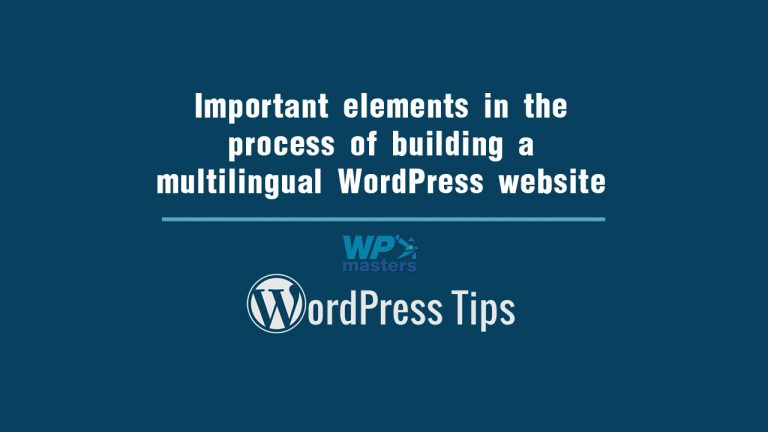How hard can it be to offer your website with more than one language? Truth is, it is a tedious process with a number of caveats, so we have prepared a guide to help you.
The plan and process when preparing to publish a website with multiple languages should look like this:
- Take a look at your SEO and analytics to get an overview of the languages spoken by your target audience, and if needed get a professional consultation.
- Decide which languages you want to make available for your website.
- Audit a number of WordPress plugins and chose one that suits your needs best.
- Decide if you want to engage a qualified professional translation service or do it yourself.
- Introduce audience-specific localized experience for visitors
- Make sure your SEO is multilingual-optimized
Let’s get into it.
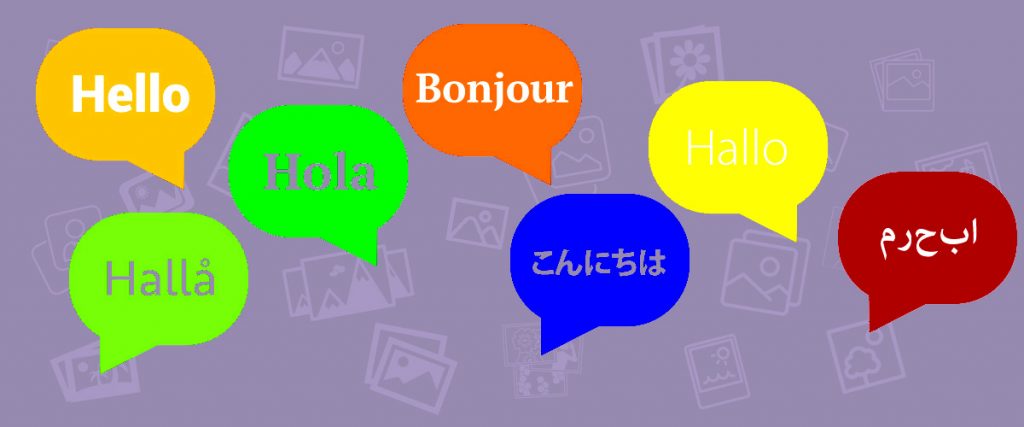
Take a look at your SEO and analytics to get an overview of the languages spoken by your target audience, and if needed get a professional consultation.
You may use Google Analytics and Google Webmaster Tools to get an overview of the audience demographic and their spoken languages. Business-specific conditions may entice you to engage a professional consulting which can offer insight into which languages you should have available at your website.
Decide which languages you want to make available for your website
Audience demographic may hold a wide span, but it is not practical to have a large number of languages with your website. Instead, when deciding which ones to keep, focus on those that can provide the largest business volume and profit. While you do want to open your website to as wide an audience as possible, make sure you are not compromising your website integrity and reliability by adding too many languages.
Audit a number of WordPress plugins and chose one that suits your needs best.
WordPress offers a high number of translation plugins, and here are some of our favorites.
WPML (short for “WordPress MultiLanguage”) is a full-featured translation plugin with translation, spell checker, localized experience, SEO and eCommerce compatibility. As a paid plugin it is a good choice for a well-rounded website translation.
Polylang is our second choice with a very large user base, hence the support for a high number of languages. While it can translate all content you will be able to add custom content. It is a good choice as a lightweight plugin because it uses WordPress core features. Lastly, the free basic version is usable for small websites, though you may want to get the paid one.
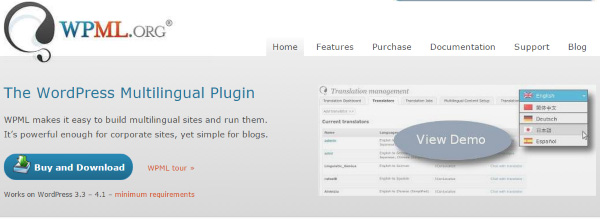
Decide if you want to engage a qualified professional translation service or do it yourself.
Using Google Translate and copy/pasting the translation to your website may be a very bad choice. If you are fluent in a specific language you may use an automated translation with your knowledge to translate your website. However, our opinion is that it is always better to have a professional on the job. After all, any mistake in translation may cost you losing profit or a customer.
Introduce audience-specific localized experience for visitors
Website visitors that come from different countries may expect a certain way of communication that you may not have experienced so it is imperative that you do research into localized translation and if possible have a native of the specific language do a professional audit of the translation. When preparing a localized experience for your visitors take into account cultural and regional factors to be able to provide a familiar user experience.
Make sure your SEO is multilingual-optimized
SEO is a part of any website and for a multilingual website, it needs to be prepared with the goal of best ranking for translated pages with that specific language search. Make sure to translate page URLs, add keywords and synonyms, translate meta descriptions and a high-quality multilingual SEO plugin may be just the thing you need. Yoast SEO is one that we would recommend.
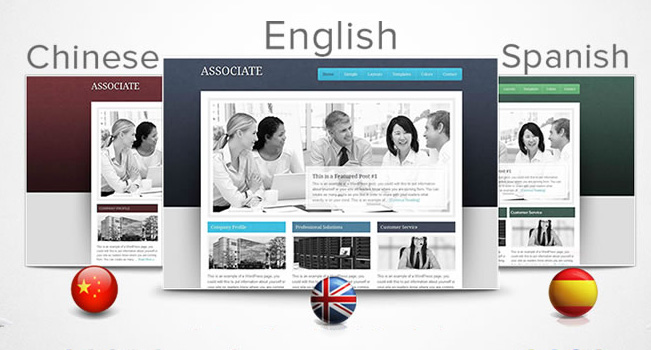
Conclusion
Having your website presented in multiple languages can be a sure way to grow your business and improve profitability. Following our guide and tips, you will do this the right way.
